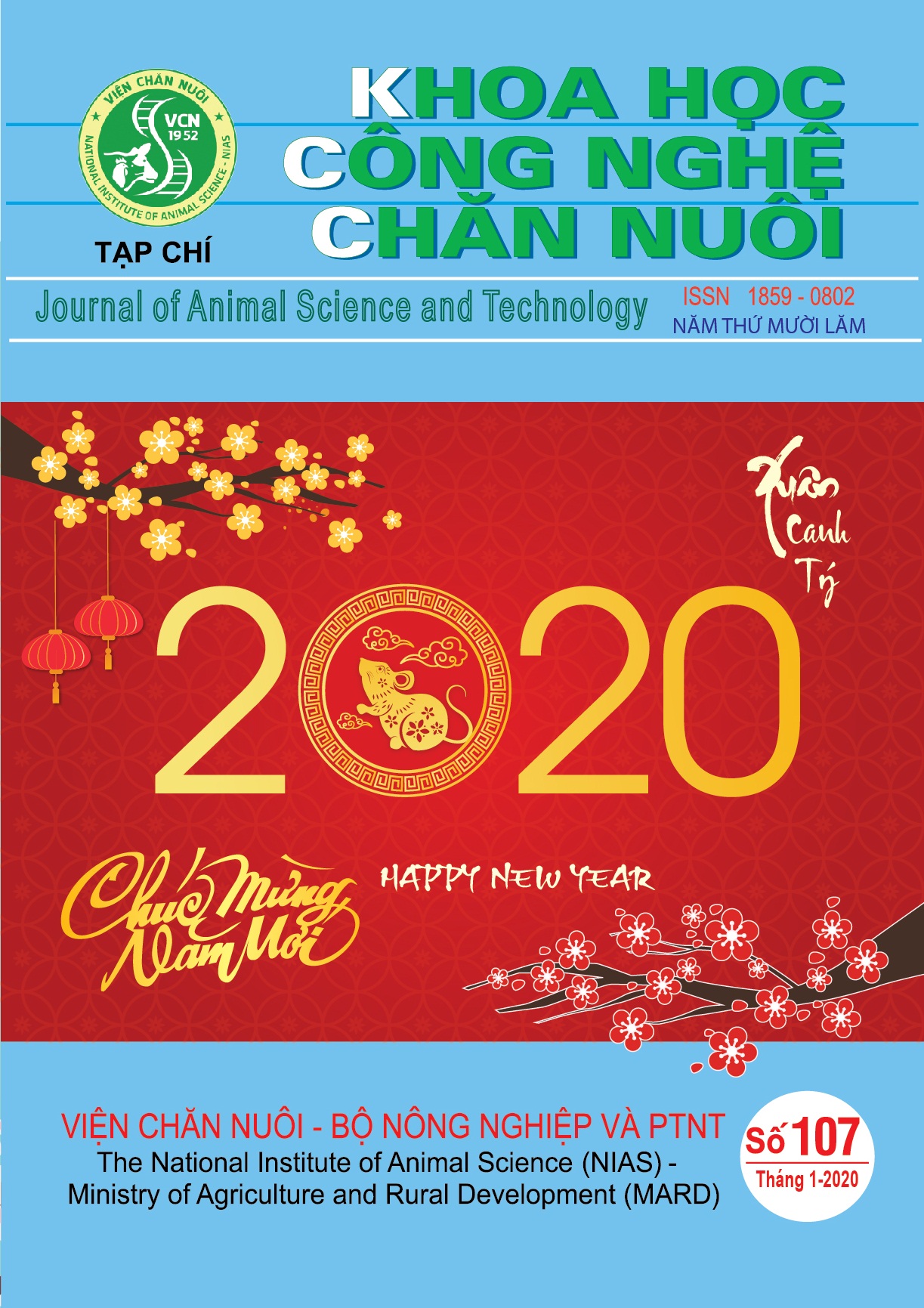Potential of using passion fruit peel as ruminant feed
A study was conducted from June 2017 to October 2019, with the aim of investigating and assessing the potential of passion fruit peel in Son La province and conducting experiments of silage of passion fruit peel as feed for ruminants. Passion fruit peel collected at Tay Bac Nafoods Joint Stock Company was ensiled according to 5 formulas, as follows: CT1: 100% Passion fruit peel; CT2: Passion fruit peel with 2% molasses (wet basis); CT3: 75% passion fruit peel + 20% dried corn cob + 5% molasses (wet basis); CT4: 75% passion fruit peel + 20% bagasse + 5% molasses (wet basis); CT5: 75% passion fruit peel + 10% dried corn cob + 10% bagasse + 5% molasses (wet basis). After mixing, the raw materials were compressed layer by layer into a plastic container of 10 liters each. Each formula was ensiled in 9 containers (3 replicates and 3 periods). The quality of silage was evaluated at 30, 60 and 90 days of ensiling.
Results of silage quality after 30 days of preservation showed that the quality of all formulas was light brown, soft feed, slight sour smell and no molds. After 60 and 90 days of preservation, the silages were dark brown, soft, slight sour smell and appeared moldy on 1/3 of the surface in the formula of only passion fruit peel (CT1) or passion fruit peel with 2% molasses (CT2). The silages became sour, soft and slightly crushed, showing poor quality. Passion fruit feel with 20% bagasse and/or corn cob along with 5% molasses showed better quality, showing that silages could be stored for long period of time. The pH and organic acids showed that all ensiled formulas were stable after 1 month (pH<4.2). However, CT3, CT4 and CT5 showed better quality, allowing preservation for a long time. Thus, preserving passion fruit peel with 20% dried corn and 5% molasses or 10% dried corn cob + 10% bagasse + 5% molasses would result in a good silage quality according to sensery evaluation, pH and the chemical analysis. Both of these formulas can be used for further feeding experiments in cattle.

